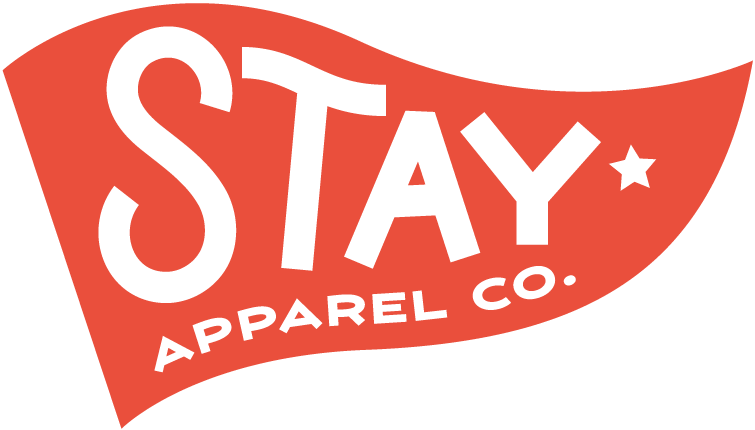For American-made Christmas decorations, what's old is new again
Christmas ornaments made decades ago by Paragon Glass Works in Lewiston, Maine.
Christmas ornaments made decades ago by Paragon Glass Works in Lewiston, Maine.
It was a fortunate coincidence that Stay was a neighbor of Modulation Designs at the Nov. 21 edition of the Vintage Makers Market in Lancaster.
Just a week before, I had received a package of one dozen vintage Christmas balls manufactured decades ago by Paragon Glass Works Inc. in Lewiston, Maine, near where I grew up. Amanda Benton, owner of Modulation Designs, makes the cutest Christmas dioramas from the likes of old Paragon ornament boxes, themselves pieces of art.
Paragon long ago went out of business; other American manufacturers of Christmas decorations have followed suit or abandoned that part of their business.
Shiny Brite was even bigger than Paragon, pioneering the glass ornament industry and operating a factory in Emigsville, York County, from 1965 to 1975. Kage Co. made its “glitter plaques,” also known as popcorn plastic, in Connecticut.
Aluminum Specialty Co. made Evergleam aluminum Christmas trees in Manitowoc, Wis. Arandell Products made Silver Glow aluminum trees in Philadelphia.
Blow-molds are back
The good news is that there’s nostalgia for many of these bygone products, hence the interest in Modulation Designs’ up-cycled products or my scouring of eBay for the Paragon ornaments.
And “what’s old is new again” isn’t just an expression: Some classic U.S.-made Christmas products are still being made or are being revived.
To wit, classic blow-mold Noel candles adorn each side of the front door of our 1931 bungalow in Hershey, aka Stay’s world headquarters. Union Products in recent years has started making the candles and other Christmas blow molds in the United States again. We purchased ours through Ace Hardware.
Brite Star Manufacturing still makes tinsel in South Philadelphia. Mosser Glass still makes glass Christmas trees in Cambridge, Ohio.
Lost capabilities
But challenges abound for domestic manufacturers and those that wish to be. Foreign competition is tough, aided and abetted by American consumers’ seemingly bottomless thirst for ever-lower prices. And as its manufacturing base has withered in recent decades, the U.S. has lost fundamental capabilities.
Modulation Designs’ Benton introduced me to Tru-Tone, which says it has introduced “the first LED Christmas bulbs indistinguishable from the classic incandescent Christmas lights.” Every bit of Tru-Tone’s branding is a gorgeous tribute to American Christmases of the past, but while the lightbulbs are designed in northern Michigan, they are manufactured in China.
David Andora, whose bright idea it was to start Tru-Tone (I stole that from the company’s Facebook page), sent a thoughtful response to my query about country of origin.
“There are not currently any US manufacturers with the practical capability to create our products. In fact, despite originating Christmas lights, there haven’t been any companies manufacturing them in the US for many years now. It’s something we’ve got our eyes closely on as we grow, as overseas manufacturing is heavily tariffed (33%), but is unfortunately the only current option for our bulbs. We are exploring the possibility of our string sets being locally produced, but even then, all the components are only available as imports. It can be frustrating. Trust that your purchase is supporting a very small, American business that is passionate about their products and your experience with them.”
The next time I have to buy Chinese-made Christmas lights (and there’s really no other choice), Tru-Tone will be at the top of my list in the hope that my dollars can help the company grow and ultimately move its production to the USA.
Ask for U.S.-made
Of course, my preference is always to buy Made in the USA. I encourage my fellow Americans to pay more attention to reading product labels and looking for American-made options. If you don’t see them, ask retailers to provide them.
Don’t buy into the argument that U.S.-made products are always more expensive than imports. But when they are, allocate a portion of your spending to American-made, or focus on buying fewer, better things that will last longer.
Those Paragon ornaments I bought on eBay: They have outlived the company that made them by nearly 50 years.

